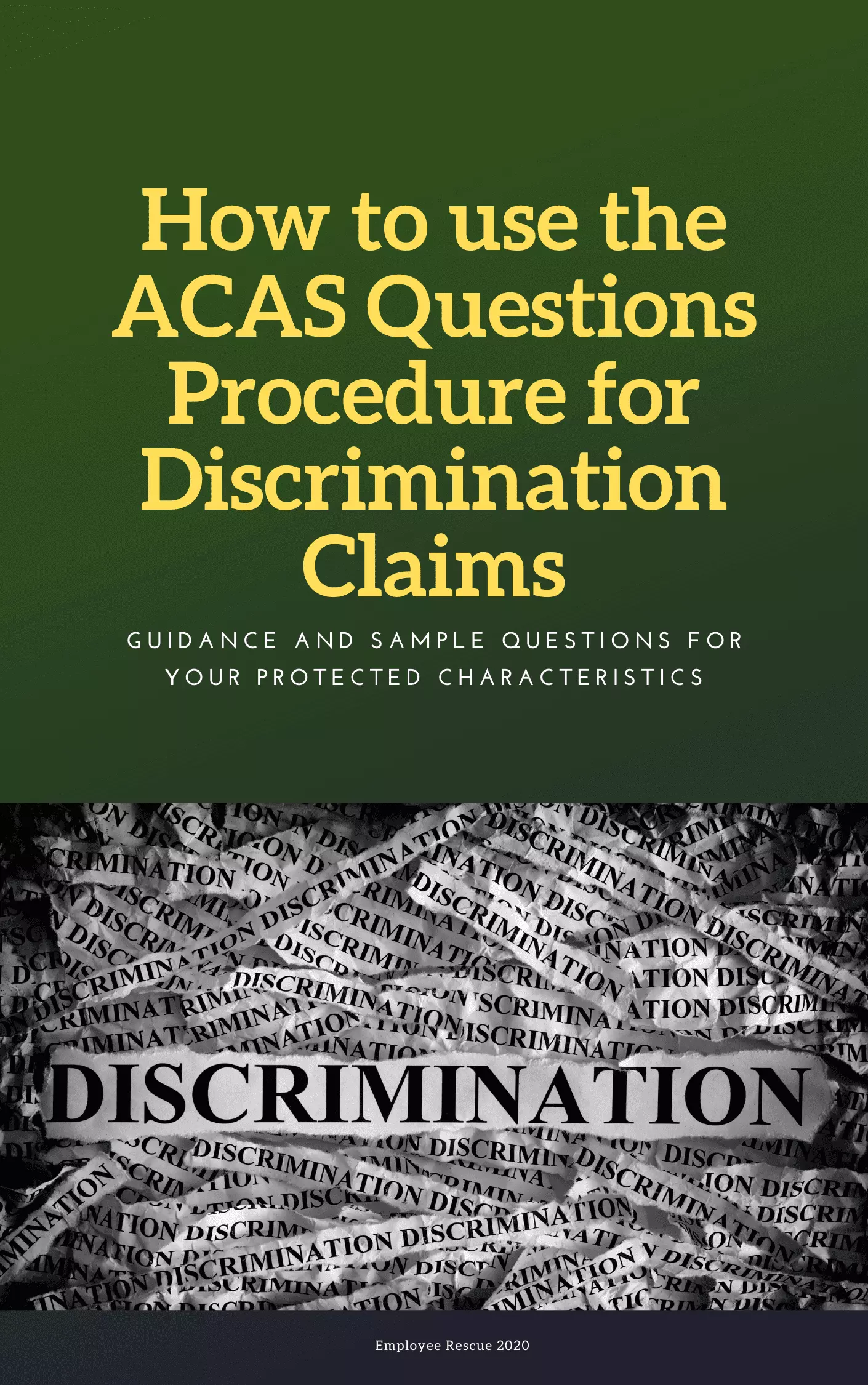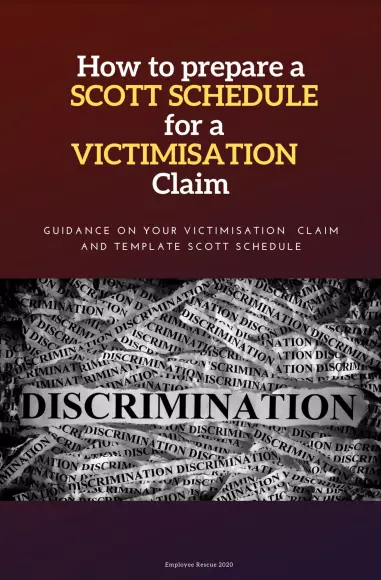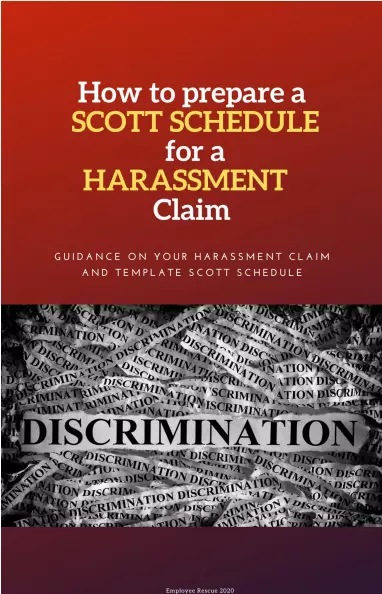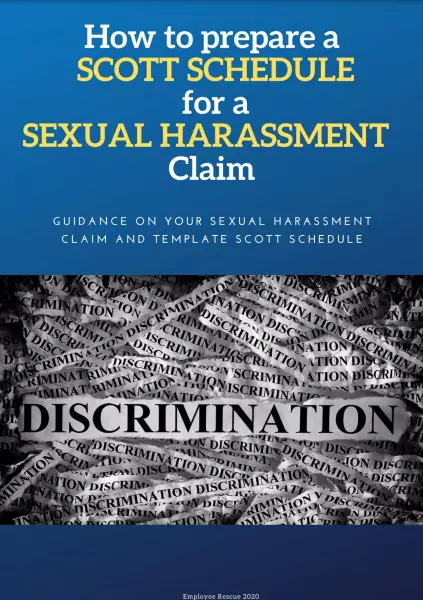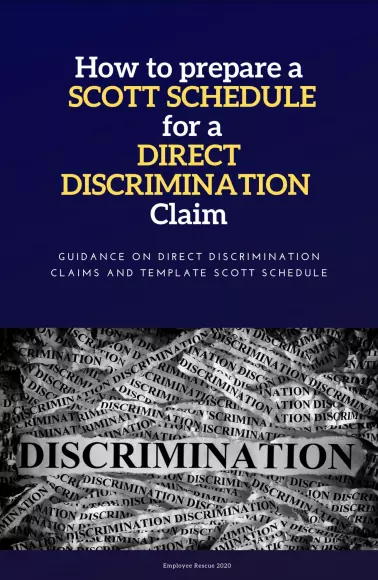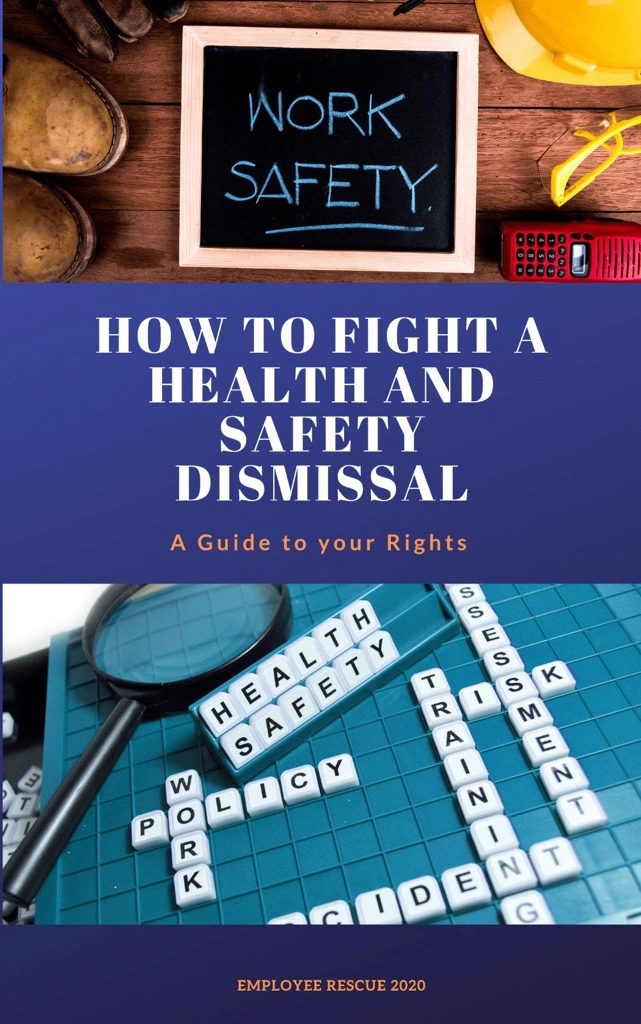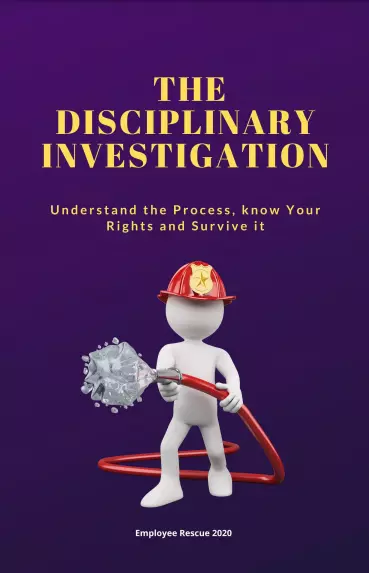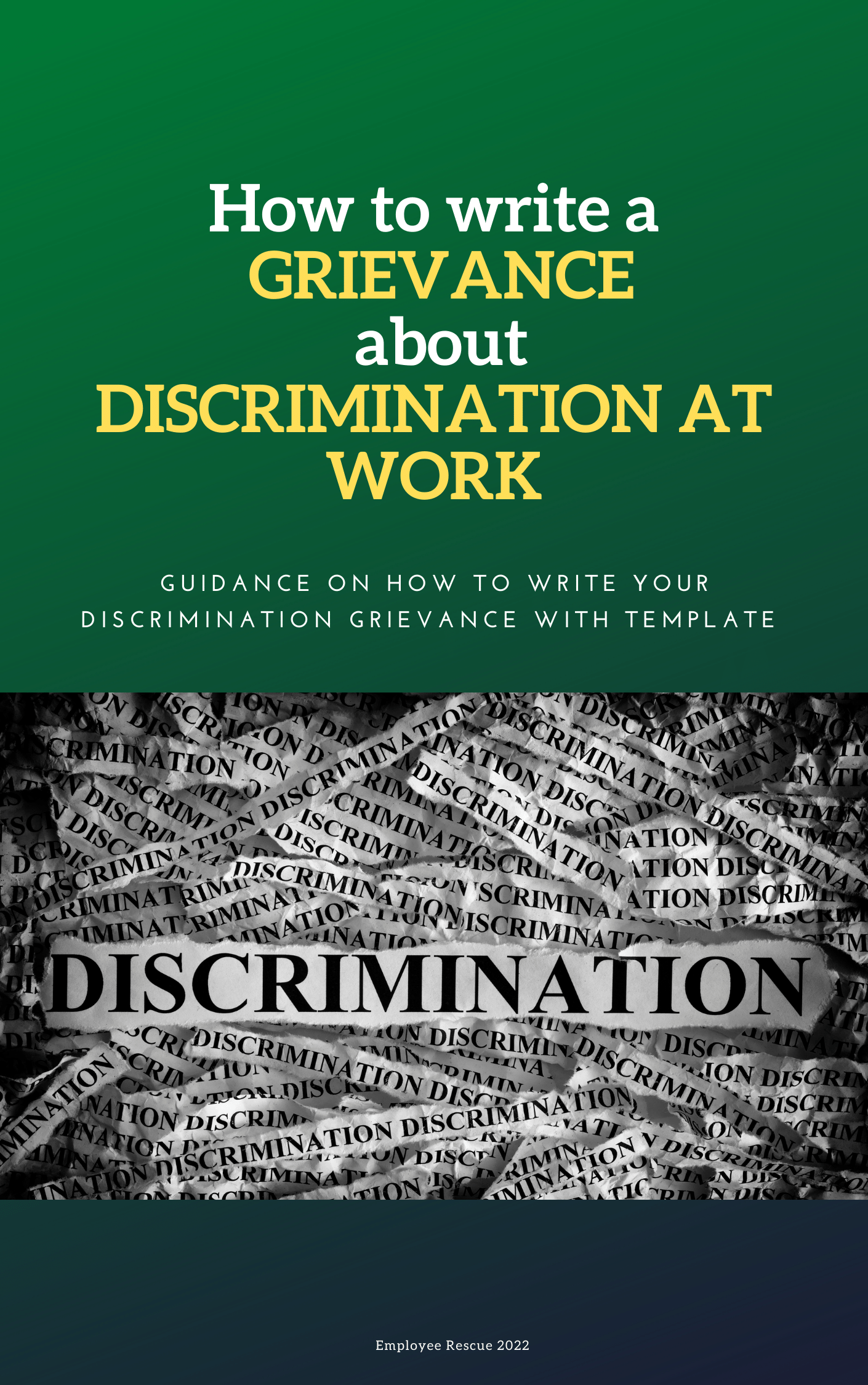
How to write a grievance about discrimination at work
This guide breaks down how the Equality Act 2010 provides job applicants, trainees, employees, and self-employed workers with protection from discrimination at work. The Act makes it unlawful for your employer to discriminate against you because of your protected characteristic in job advertisements, recruitment and selection, during and after employment, in occupational pension schemes, employment training and equal pay. Section 39 EQA 2010 says that an employer must not discriminate against, victimise or harass a job applicant or worker. As a worker, your employer must not discriminate against or victimise you;
- In the terms and conditions of your employment.
- In the way they make access to opportunities for promotion, transfer or training or for receiving any other benefit, facility or service.
- By dismissing you.
- By subjecting you to any other detriment.
Content
Discrimination is when your employer treats you less favourably than others at work, on grounds that are not related to your competency or ability to do your job, because you belong to a particular group or category. The particular group or category is known as a “protected characteristic”.
You must raise a grievance about the discrimination before doing anything else. This is very important because the time limit for raising a discrimination claim in the employment tribunal is 3 months from the act of discrimination. This guide provides explanations of the different types of discrimination and how you can apply the law to your particular circumstances. We recommend that you also take advantage of the ACAS Questions Procedure to get evidence about the discrimination you are facing at work. If your employer treats you badly for raising the grievance, you will also have a victimisation claim.

